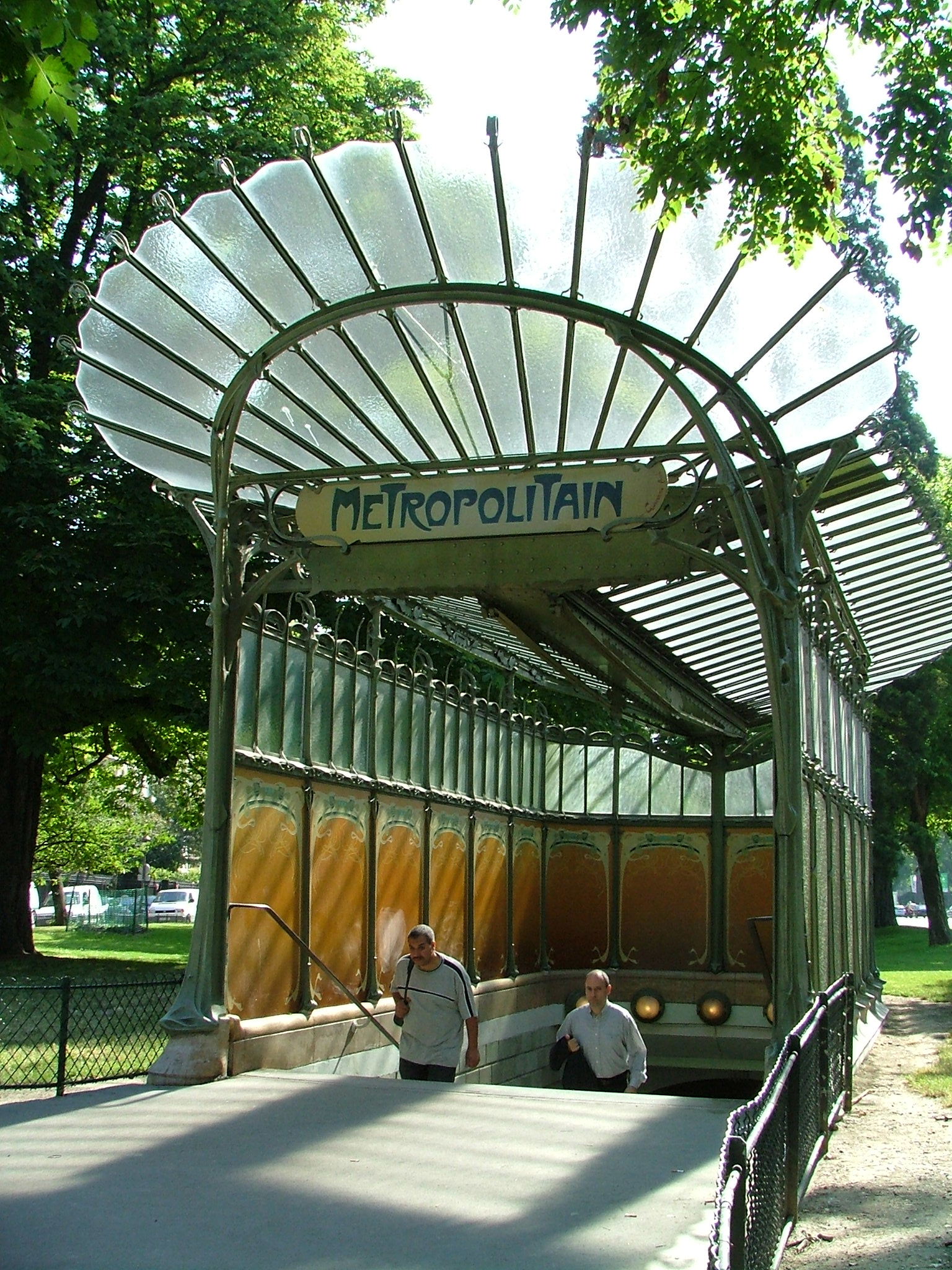Art Nouveau lasted only a few decades; it appeared around 1890 and came to an end shortly after the First World War. Perhaps for that reason, it is often given short shrift by art historians who see it as a not altogether respectable prelude to modernism. “With novelty [Art Nouveau] must most certainly be connected, and liberty at least in the sense of license is applicable too,” sniffed Nikolaus Pevsner, who called it “suspiciously sophisticated and refined.” He did not explain why sophistication and refinement were disqualifying qualities. “Art Nouveau is outré and directs its appeal to the aesthete, the one who is ready to accept the dangerous tenet of art for art’s sake.” Pevsner wrote that in 1936. Fashions may be transitory but buildings last a long time. Eighty-five years later, art for art’s sake remains widely popular—Hector Guimard’s 1900 Metro stations are a cherished part of the Parisian streetscape—whereas it is the early work of the International Style that is outré, appealing not to the public but to the aesthete. The truth is that architectural movements should not be judged by the duration of their ascendancy, but rather by the duration of their impact on society as a whole. By this measure such later short-lived flights of fancy as Art Deco and PWA Moderne likewise gain our respect. Brutalism and Postmodernism, not so much.


